The Hidden Treasure Beneath Lisbon's Streets
In the heart of Lisbon's Ajuda parish, a seemingly abandoned plot on Travessa das Dores holds what experts describe as "the most important prehistoric archaeological station ever excavated in Lisbon." Behind fences and beneath the soil lies a 5,000-year-old treasure dating back to the late Neolithic and Chalcolithic periods.
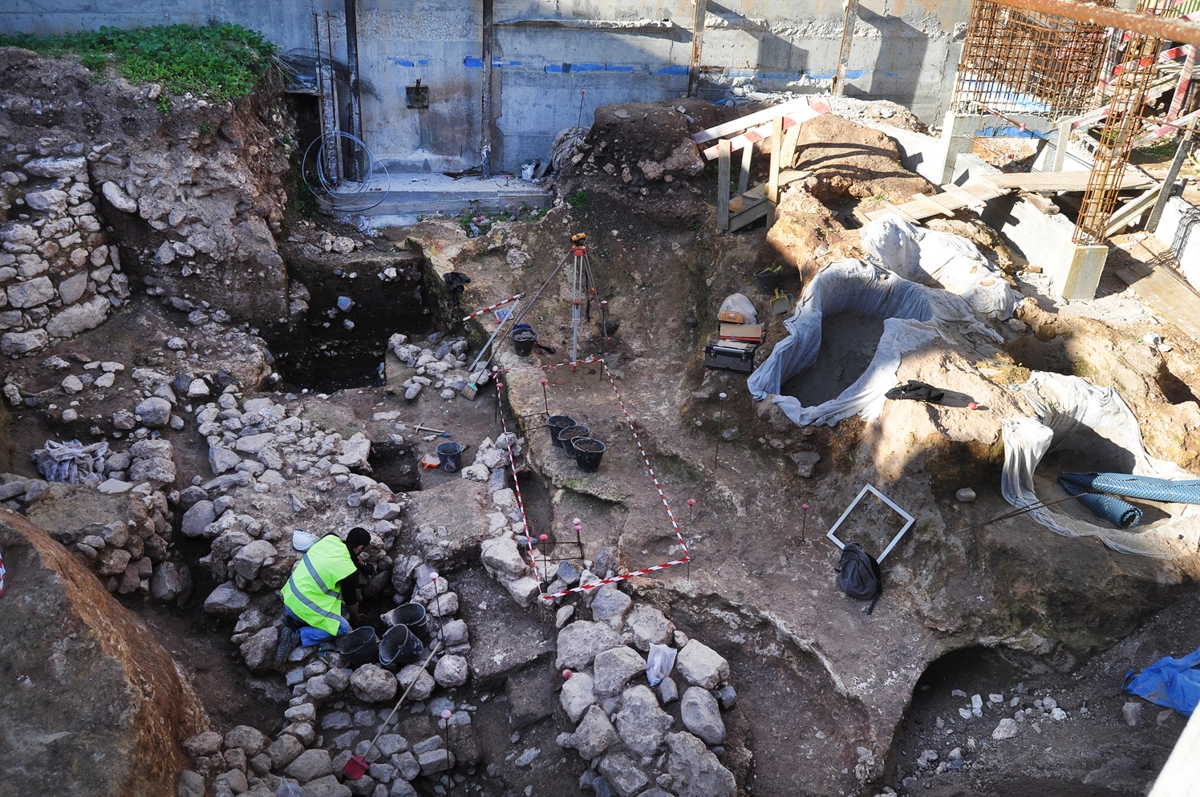
Revolutionary Archaeological Discovery
Archaeological surveys by Neoépica experts have uncovered what coordinator Nuno Neto calls "the most important site of recent prehistory" in Lisbon municipality. The team discovered an enormous platform with numerous grain silos used for storing cereals, protected by defensive ditches surrounding the storage facilities.
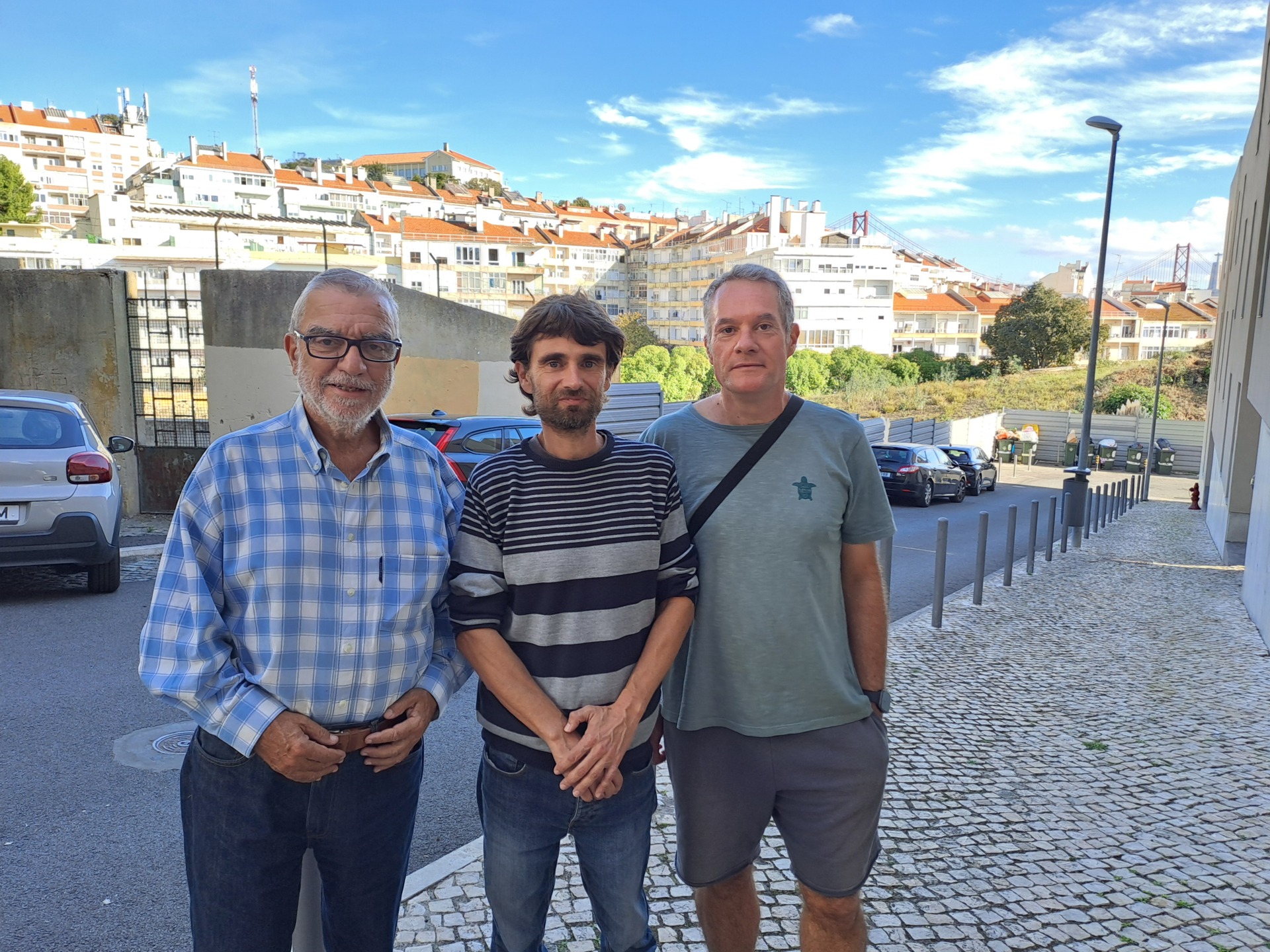
International Significance
Archaeologist João Luís Cardoso, who collaborated on publishing the findings, confirms this represents a "unique situation even at international level" due to the association of walled gardens with agricultural plots in an urban environment. Remarkably, despite city construction, the vestiges "were not only not destroyed but were identified and excavated."
The Preservation Challenge
Cardoso emphasizes that "the difficult part in archaeology isn't excavating, it's preserving." Part of the ruins already lies beneath an apartment block built about ten years ago, protected only by geotextile fabric and gravel, buried and out of sight.

Civic Movement Emerges
University professor Álvaro Dias, an archaeology enthusiast who discovered the prehistoric granary during a guided tour, created the "Aqui nasceu Lisboa" (Here Lisbon Was Born) civic movement to prevent the ruins' destruction. The seven-year project includes establishing an interpretation center, revitalizing the local market, and utilizing Rio Seco caves for visits or concerts.
Sustainable Cultural Tourism Vision
The initiative specifically targets cultural tourists while avoiding mass tourism that could "spoil the parish." Dias aims to promote an "authentic Lisbon connected to its origins" where heritage can "see the light of day and be valued." The recently launched website aquinasceulisboa.pt invites supporters to register for this "good cause."

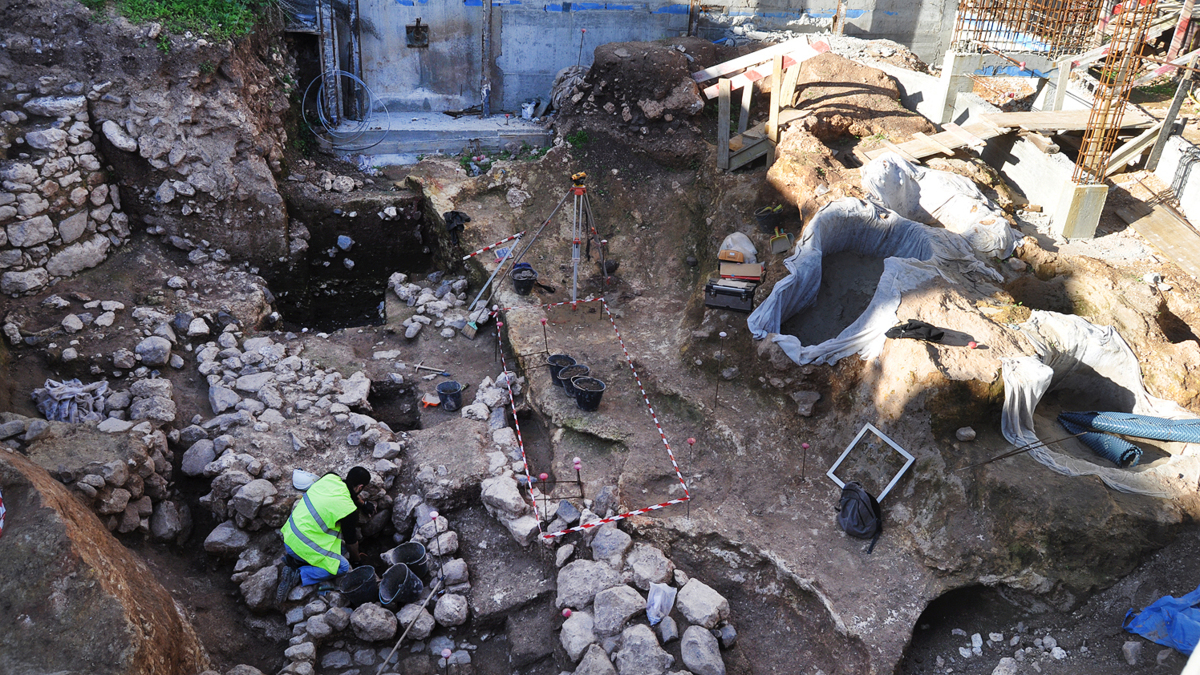







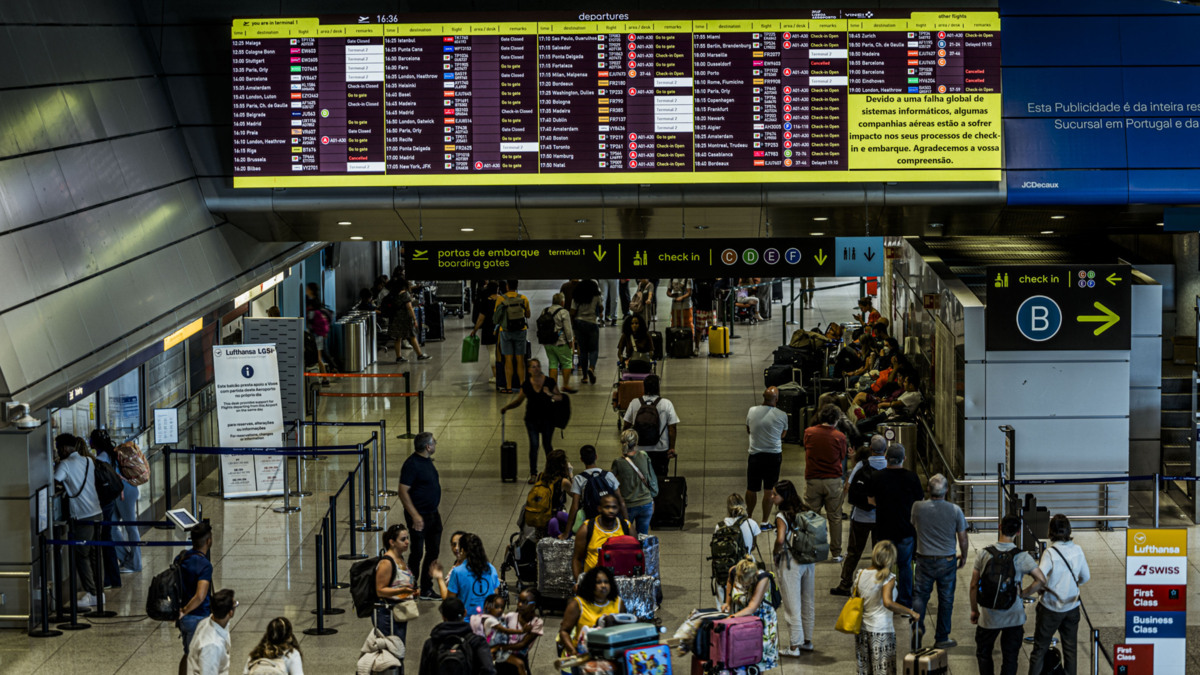
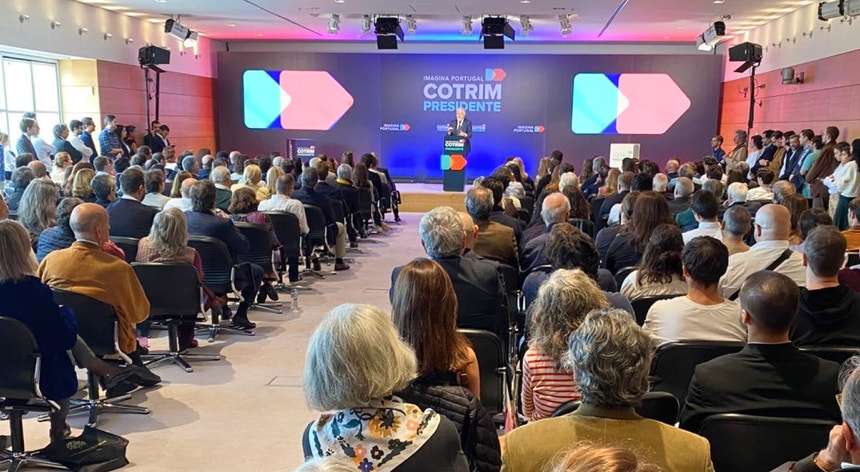

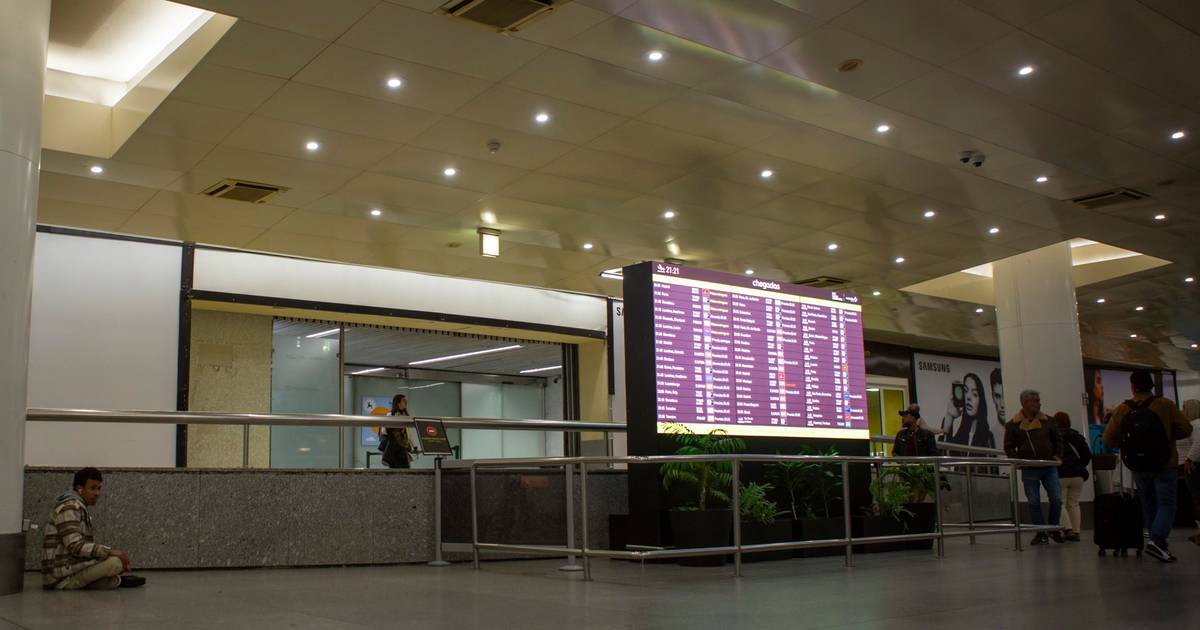



Comments
Join Our Community
Sign up to share your thoughts, engage with others, and become part of our growing community.
No comments yet
Be the first to share your thoughts and start the conversation!